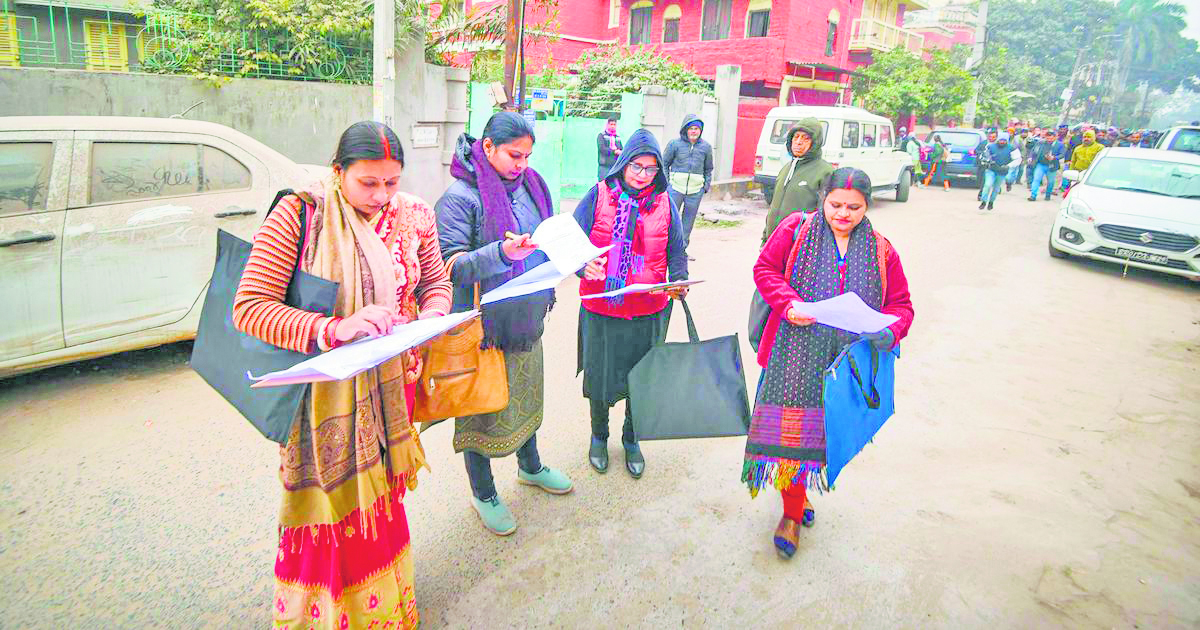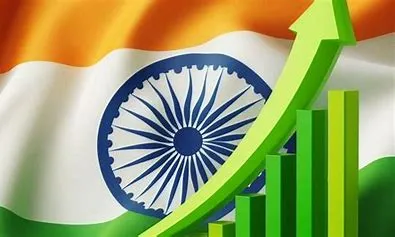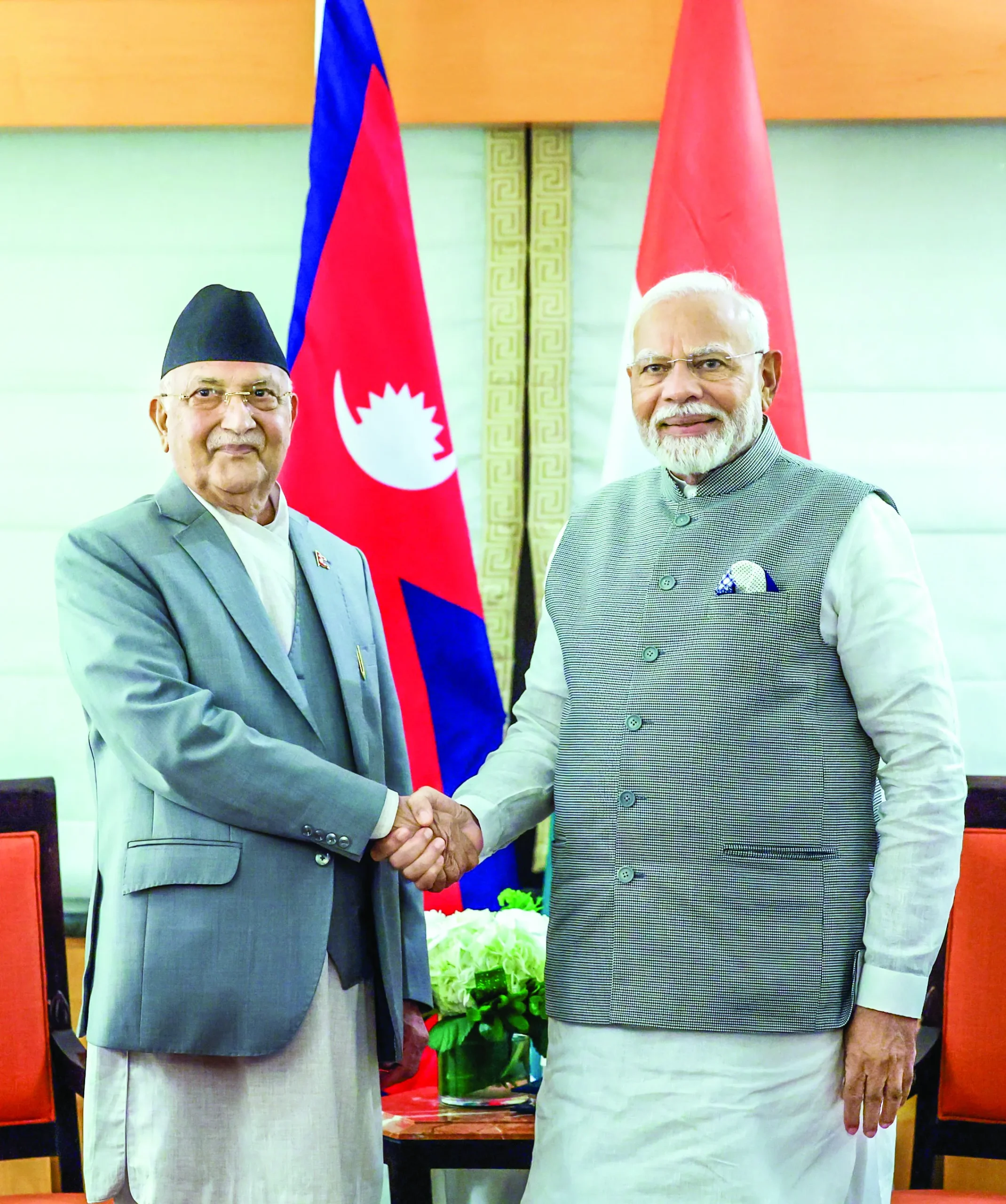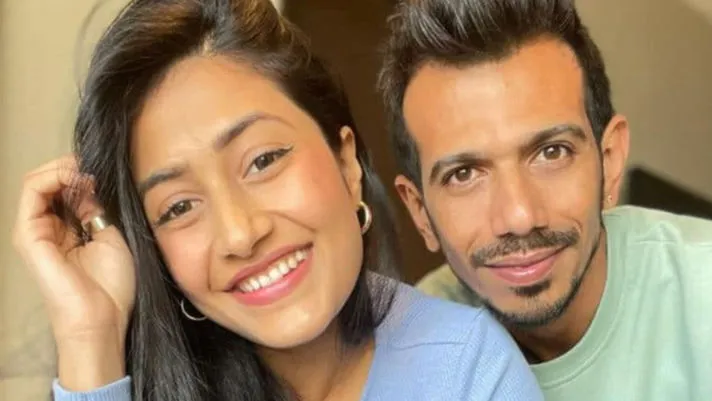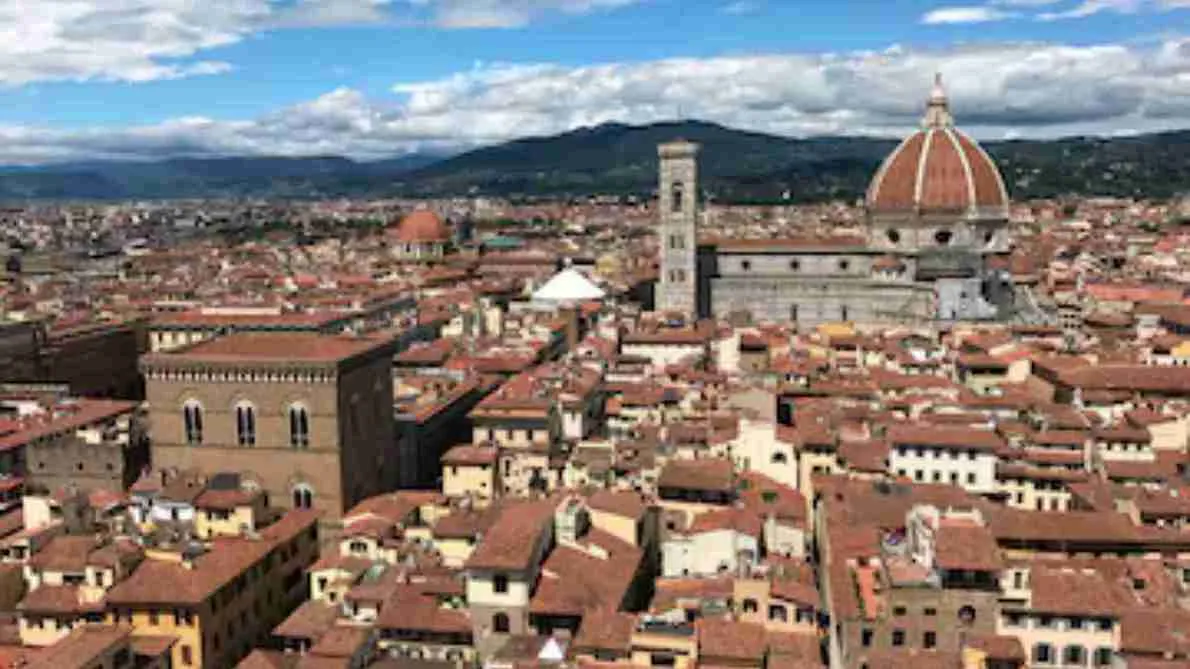In a diverse and pluralistic nation like ours, the tapestry of cultures, traditions, and identities is woven with threads of myriad hues. One of the most intricate patterns within this mosaic is the perception of caste, a socio-cultural construct that has persisted through centuries.
As we navigate the vast expanse of our country, it becomes evident that the lens through which caste is viewed varies significantly from state to state. This diversity in perception not only reflects historical and geographical nuances but also underscores the need for a nuanced and empathetic discourse on this deeply ingrained issue.
In the southern states of India, a historical legacy of social reform movements has left a lasting impact on the perception of caste. While no region is devoid of caste-related challenges, the southern states have witnessed progressive movements that have challenged traditional hierarchies. The focus on education and social awareness has led to a relatively more egalitarian outlook, with efforts to bridge gaps and promote inclusivity.
Contrastingly, in some northern states, the caste system can be deeply entrenched, with social mobility often constrained by historical practices and perceptions. However, it is crucial to recognize that these generalizations don’t encapsulate the entirety of each state’s population. There are countless individuals and communities working tirelessly to break free from these shackles, striving for an India where merit trumps birthright.
In the western and eastern regions, a blend of historical legacies and contemporary dynamics shapes caste perceptions. Economic factors, urbanization, and globalization have played pivotal roles in reshaping traditional structures. The struggle for a more egalitarian society is a shared goal, albeit approached through different lenses.
The northeastern states, known for their cultural diversity, present a unique scenario. While caste might not hold the same prominence as in some other parts of the country, tribal identities play a crucial role in shaping social structures. Understanding these dynamics is vital for fostering unity and harmony in the region.
It is essential to approach the issue of caste perception with sensitivity and open-mindedness. Blanket judgments about a particular region or community can perpetuate stereotypes and hinder progress. Rather than pointing fingers, we must engage in constructive dialogue, acknowledging the strides made in different parts of the country while also recognizing the challenges that persist.
Education, awareness campaigns, and policy initiatives should be designed with a nuanced understanding of regional variations. Grassroots movements that empower individuals to challenge discriminatory practices and promote social cohesion must be supported and amplified.
As we strive for a more inclusive and harmonious society, let us remember that unity in diversity is not just a slogan but a guiding principle. By acknowledging and understanding state-wise caste perceptions, we take a step towards building a nation where every individual can realize their full potential, unburdened by the constraints of an outdated social hierarchy.
Ms. Smriti Panjwani, Assistant Professor, Jagran School of Public Policy and Interntaional Affairs, Jagran Lakecity University, Bhopal.

